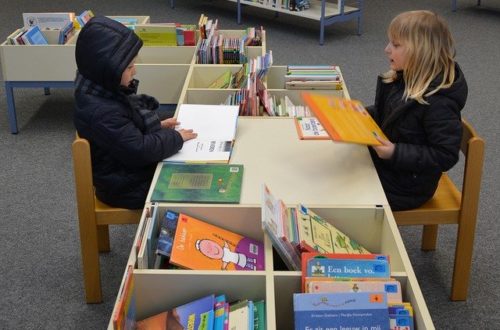I have been strongly influenced by several behavioral scientists over the years; Murray Sidman, Ogden Lindsley and Tony Nevin, along with my personal guru, Eric Haughton. These researchers helped me better understand the critical nature of positive reinforcement immediately linked to a behavior. Because reinforcement is so critical, and because the absence of it in early school experiences is so damaging, I am writing this column.
My daughter Caitlin was one of the youngsters who had an early bad experience at school. By the beginning of October in first grade Caitlin had stomachaches five days a week, but woke up without pain on Saturday and Sunday. Her face showed the stress as clearly as her stomachaches. She worked with me on reading, and the stomachaches went away. The work we did together resulted in a happy ending for Caitlin, as she continued to build her skills and her confidence, and was an instructive experience for me.
As I look back at Caitlin’s experience I have begun to think about Dr. John A. (Tony) Nevin, a professor and a renowned researcher in the experimental analysis of behavior. Tony is a marvelous person to know, and is the leading authority on “behavioral momentum,” a term he coined. Tony has examined some of the following questions: What matters most when you are teaching a new skill or discrimination? How do you insure that what you are teaching will remain learned? What creates the momentum that allows a behavior to continue in the face of distraction or interference? Tony’s research uncovered a behavioral force that resembles the way that momentum is conserved in a moving object. Tony’s research indicates that ”Early Reinforcement” is the most powerful ingredient for making a behavior last. He has repeated this research not only with a variety of lab animals, but also with students, all of them learning a variety of different skills. In his studies, and in laboratory replications, it is extremely clear that Early Reinforcement is essential for retention.
Early Reinforcement is easily quantified in a laboratory setting, and the discovery was not what many behavioral experts had expected to find. High frequencies of positive reinforcement (access to grain for a pigeon or rat, money or tokens for a student) can be easily measured and studied. Behavioral scientists had previously taught that “scheduling out” the amount of reinforcement would lead to more durable behavior. In other words, even early in learning, instead of giving the reinforcement every time the right response occurred, it would be better if correct responses were intermittently rewarded. This early scheduling would then make the learner more resistant to changes in the environment, or even to the total lack of positive reinforcement of the learned behavior. However that is not what Tony’s research indicated. Scheduling out the rewards led to much less momentum—the learner would quit doing the behavior when there was a slight change in the environment. A denser early schedule led to much more enduring behavior.
Imagine that you are giving your son or daughter a sticker or a checkmark on a refrigerator calendar. But instead of doing it daily, you do it once ever few weeks. It is unlikely that you will encourage the kind of change in behavior that you are hoping for—and even more unlikely that your child will learn to enjoy the chores that you were rewarding.
Let’s go back to Caitlin and other young learners. If, instead of a lot of positive reinforcement for learning, a student, early on, meets with little or no positive reinforcement, that student is likely to quickly give up on learning and perhaps even give up on the places, such as schools, where that experience occurred.
I have repeatedly seen that this “giving up” can come to color the entire experience for the child, and soon the student simply makes little or no effort to engage in learning, and hates school. Their momentum for doing schoolwork, once damaged, is extremely difficult to restore. Many children lose their interest in school right then—and may never get it back. One student that I met had severe stomach distress to the point of repeated hospitalizations due to the stress of school struggles, while many others had headaches or stomachaches from Sunday night until Friday.
It is possible to turn these feelings around, but to do that you must have excellent, enjoyable experiences, especially with the reading and math skills that are so critical for success. Successful learning and high standards, along with a lot of positive reinforcement, are absolutely necessary to create happy, enduring learners.





